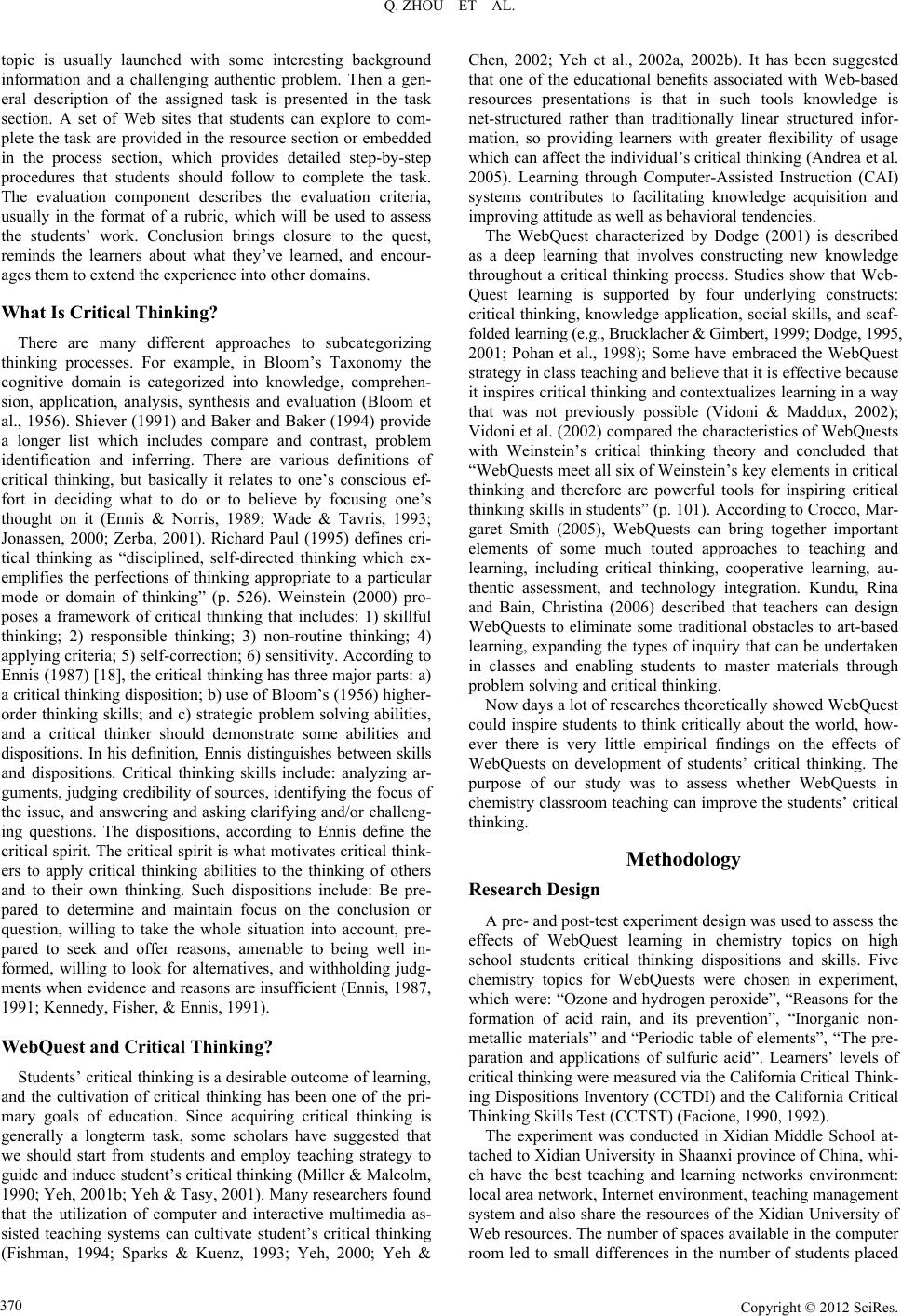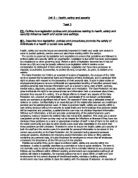How structure relates to function in a neuron - Answers.
Neurons are cells that are devised to ensure the reception, conduction, and transmission of electrochemical signals and come in several types depending on their structure and function. The 3 main types are Multipolar, Bipolar and Unipolar neurons.
In our study about the structure of neuron, the Dendrons are the short and branched afferent processes which receive stimulation from other neurons and carry the information towards the cell body. In general a neuron has many dendrons. However in some neurons, the Dendron may be only single or may be absent in case. The single long efferent process of a neuron is called axon which carries.

Neurons are excitable, which means they function by using electrical stimulation. Through this electrical message, known as an action potential, neurons are able to initiate action in the cells.

Structure Function 4 Neurons 1. Overview: a reflex arc 2. Impulse conduction is slow, myelin speeds somewhat. 3. The resting potential and nerve impulse. 4. Ion channels are central 5. Molecular Mechanism of channel inactivation. 6. Synaptic transmission. 7. Synaptic plasticity. 5 Modern view of Reflex Arc: The Monosynaptic Stretch Reflex Cell body Transduction Synaptic Transmission Impulse.

Neuron, also called nerve cell, basic cell of the nervous system in vertebrates and most invertebrates from the level of the cnidarians (e.g., corals, jellyfish) upward.A typical neuron has a cell body containing a nucleus and two or more long fibres. Impulses are carried along one or more of these fibres, called dendrites, to the cell body; in higher nervous systems, only one fibre, the axon.

Structure: It is the most complicated and highly specialized organ of the body. An adult human brain weighs about 1400 gms. (In a new born baby it is about 400 gms and becomes double after one year) and has a volume of about 1500 c.c. It is enclosed in a bony case called cranium which protects brain against external injury. (a) Meninges. The.

SYNAPSE: allows communication between different neurons that is different pathways; vesicles contain neurotransmitters which, under stimulation, release them. Neurotransmitters diffuse across the synapse, bind to receptors on the receiving membrane. The ion channels open causing an electrical response; channels close and the neurotransmitters are deactivated by the action of enzymes. The whole.

Neurons (nerve cells) are the functional units of the nervous system. Even though they vary in size and shape, most have structural characteristics similar to the spinal cord neuron shown to left. Neurons have at their core an expanded area of cytoplasm called the cell body (soma or perikaryon). It surrounds the nucleus and contains the.

The functional cells of the nervous system are highly specialized cells called neurons (Fig. 5-2). These cells have a unique structure related to their function. Structure of a Neuron The main portion of each neuron, the cell body, contains the nucleus and other organelles typically found in cells.

The responsibility of the neurons is to convey all of the information that is transmitted between the neurons and the other cells. The neurons are considered to be the excitable parts within the nervous system. The brain communicates with the different systems within the body as well as with the neurons which are responsible for receiving and sending signals which pass through the receptors.

Importance of neurons Transmit messages in our nervous system (sensory and motor). Neurons stop reproducing shortly after birth Neurotransmitters have been studied quite a bit in relation to psychology and human behavior. What we have found is that several neurotransmitters play a role in the way we behave, learn, the way we feel, and sleep. And, some play a role in mental illnesses.

Neurons Structural Diversity of Neurons Neuron Classification Based on Structure Neuron Classification Based on Function Neural Zones Four functional zones Signal reception: dendrites and the cell body (soma) - Incoming signal is received and converted to a change in membrane potential Signal integration: axon hillock - Strong signal action potential (AP) Signal conduction: axon; some wrapped.

What is Neuron, its structure and function Princess 00:38. Neuron is special kind of animal cell which can generate and conduct electric current. In order to understand the way of generating electric signals, we study its structure. Structure of neuron: Neurons differ considerably in size and shape but generally differentiated into following three regions: Soma, dendrites and axon. Soma is.


